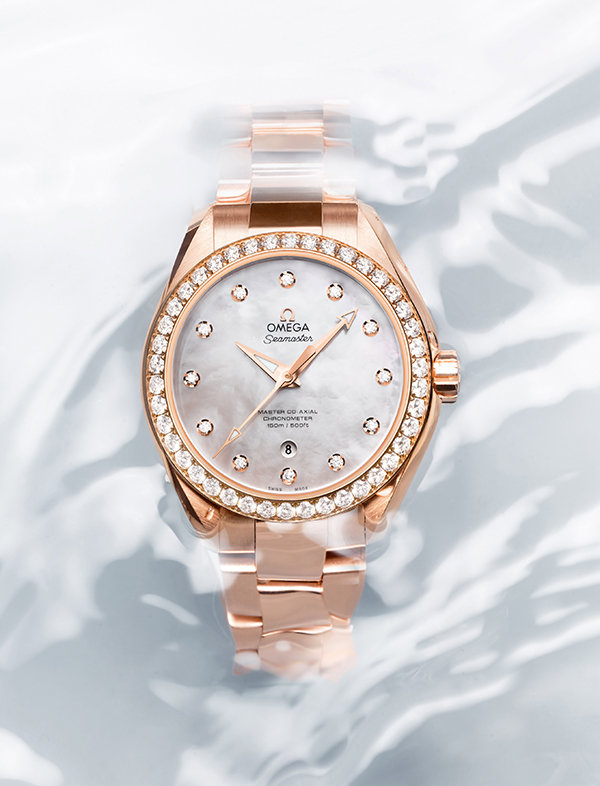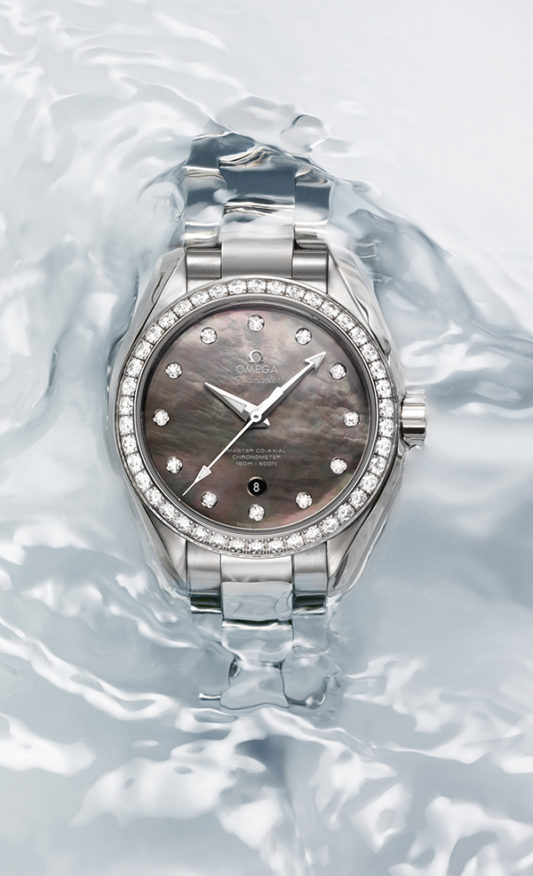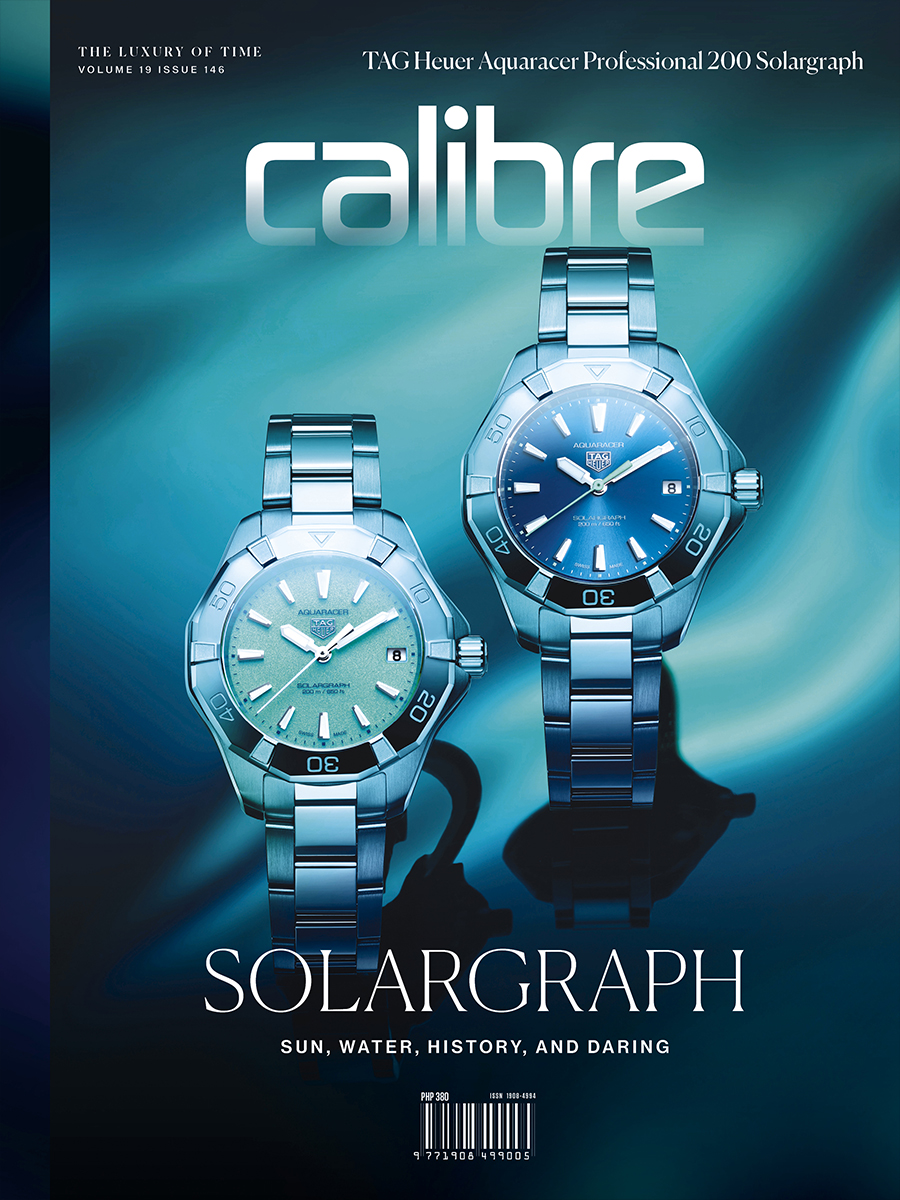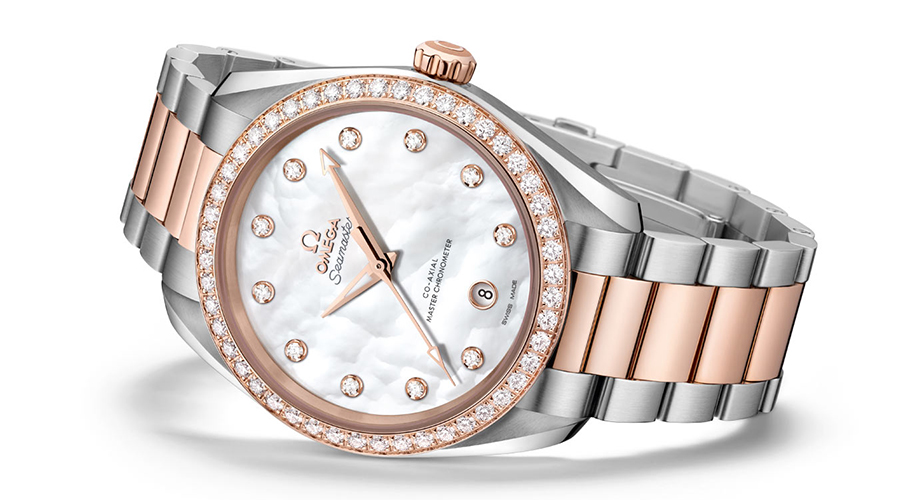Each one was different, yet they were also the same.
Characteristics of seas and oceans can be predicted. You have water, you have land. But within each feature can be a myriad of choices. The first sea I was in, the Tyrrhenian Sea, was beautiful, albeit very cold. The locals were on the shore, in sweaters and jackets, while these three kids and I were in swimwear frolicking in the biting cold water. The locals looked at us and shook their heads, probably thinking what crazy travelers we were. One thing that stood out was how the beach was actually a bunch of little pebbles but not really sand. Very different from the white sand beaches the Philippines is famous for. But still wonderful.
Not a week later I was on the other coast, this time with my feet in a different sea, the Ionian Sea. Still cold, but still wonderful. The pebbles were different too. See, I found myself thinking about why some seasides had sand and some had pebbles. Both seas, but different landscapes.
A couple weeks after that, I had my feet in the Atlantic Ocean. Not a new occurrence but not a regular one either. The sand was light tan, soft, with hardly a pebble in sight. And the water was a pleasant warm temperature. Such a difference from the freezing water of a few weeks ago.
Less than 10 days later, I was back in an ocean, this time the Pacific, as I ran with a flock of seagulls (yes, I went there) and was once again freezing. Like, I-can’t-feel-my-legs-anymore freezing. If-I-don’t-move-the-cold-will-creep-up-my-body-and-stop-my-heart freezing. Why was the water so cold? What happened to the nice warm temperature I expected?
And lest you think you’ve opened a travelogue instead of a watch article, there is a connection here, I promise. All the differences in the water and the earth made me realize how much I liked variety. I didn’t want a cookie-cutter experience while travelling – I wanted different things, different views, different opportunities. I wanted diversity, distinction, choices.
When OMEGA launched their ladies’ Seamaster Aqua Terra in 2008, they gave women options. And now, in 2016, they are giving us even more options. The OMEGA Seamaster Aqua Terra 150M Collection offers us two sizes, three materials, and two strap types to choose from.


The case sizes are 38.5mm and 34mm. The 38.5 comes in 18K red gold, 18K yellow gold, or stainless steel. The 34 comes in 18K Sedna gold, stainless steel, or 18K yellow gold. Sedna gold, in case you were curious, is an 18-karat rose gold alloy of gold, copper, and palladium. And it is specific to OMEGA. The watches have leather straps or metal bracelets.
The dial of each watch is made of mother-of-pearl. And here OMEGA gives you another set of choices. Aside from the classic white mother-of-pearl, they also give you Tahiti, lavender, and coral. My preference is the classic white in stainless steel. It’s such a clean look for a timepiece, it can go anywhere. The bezels have diamonds on them and the hour markers are diamonds too. Aside from the wonderful-to-look-at aspect of the Seamaster, there is beauty within the timepiece too. OMEGA gives you a watch that is precise thanks to the Co-Axial Calibres 8500/8501 and 8520/8521. These calibres are resistant to magnetic fields of 15,000 gauss.
“There are hardly any circumstances under which you would regularly subject your watch, or yourself, to such a high magnetic force, but hey, at least with your OMEGA, that choice is yours to make.”

What is gauss, you say? Actually the better question is, ‘who is Gauss?’ Carl Friedrich Gauss was a German mathematician and astronomer whose theory of numbers is one of the most brilliant achievements in mathematics. He was a pioneer in applying mathematics to gravitation, electricity, and magnetism. The gauss was named in his honor in 1882.
Which brings us back to the original question of what gauss is. Gauss is the centimeter-gram-second unit of magnetic flux density that is equal to 1 × 10 — 4 tesla. Another way to look at is that a gauss relates only to the rate of flux within the magnetic density of a field. What does this mean? This basically means your OMEGA watch can resist magnetic forces up to 15,000 gauss. There are hardly any circumstances under which you would regularly subject your watch, or yourself, to such a high magnetic force, but hey, at least with your OMEGA, that choice is yours to make.



